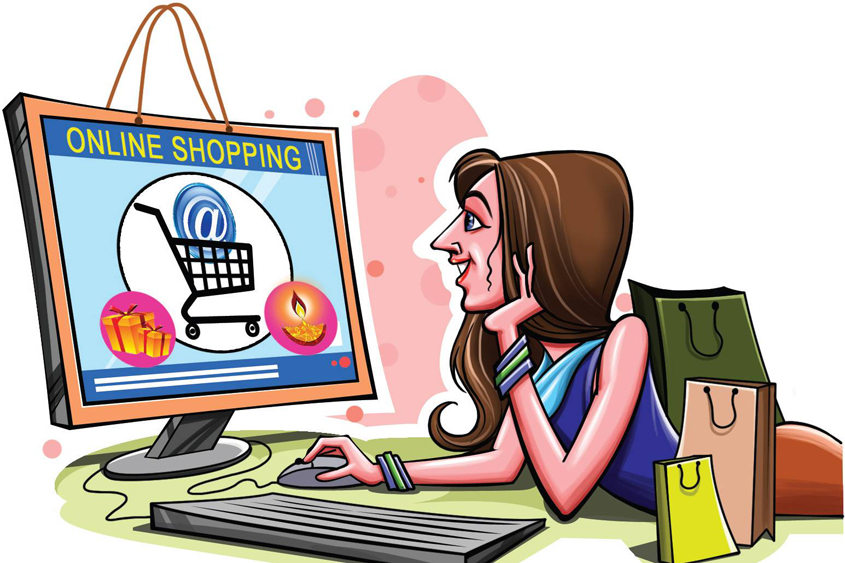Bangalore has emerged as hub for online shopping, leaving behind Mumbai and Delhi.
According to a 2016 study conducted by Resurgent India for trade body Assocham, 69% of its population bought daily routine products through online shopping, which is expected to go to 75% this year for apparel, gift items, magazines, home tools, toys, jewelry, beauty products and sporting good categories.
Overall, in India, 69 million consumers purchased online and this number is likely to cross 100 million by 2017, the study notes, with the rise of digital natives, better infrastructure in terms of logistics, broadband and internet-ready devices to fuel the demand in e-commerce.
As per the study, Mumbai ranks second while Delhi ranks third as far as choosing online shopping is concerned. Mumbai’s share was 65%, which might go up to 70% for electronic gadgets, accessories, apparel, gifts, computer peripherals, movie tickets, home appliances etc., whereas in Delhi 61% population chose to buy daily routine products through e-shopping, which will go to 65–68% by the year end.
The study says Indian e-retail looks quite promising which is up from $3.59 billion in 2013 to $5.30 billion in 2014, and by the end of 2018, it is expected to touch $17.52 billion. 2017 will see large scale growth in the e-commerce sector with increased participation from people across the country, notes the study, adding this industry will drive more employment opportunities and contribute towards creating more entrepreneurs through the e-commerce market place model.
The report also adds that demonetisation and a reduction in cash transaction, along with improvement of netbanking facilities, can be opportunities for the Indian e-commerce sector.
According to the study, mobile commerce will become more important this year as most of the companies are shifting to m-commerce. Mobile accounts for 30-35 % of e-commerce sales. There is a surge in the number of people shopping on mobile with tier II and III cities displaying increased dominance. The study says that 50% of traffic comes from mobile and a majority of them are first time customers.
The study also talks about the challenges for the e-commerce sector. For example, there is an absence of a strong law for e-commerce and business model keeps changing. Low entry barriers leading to reduced competitive advantages, urban phenomenon, shortage of manpower and customer loyalty are the other challenges.

